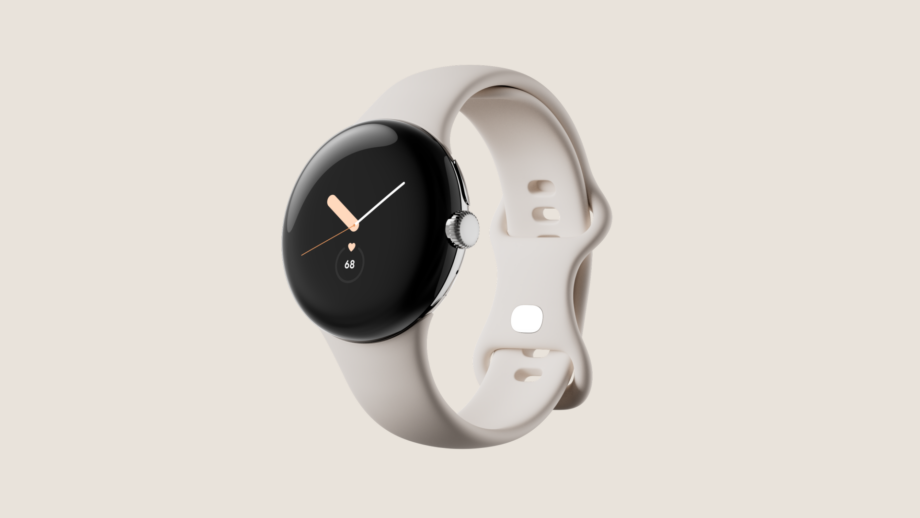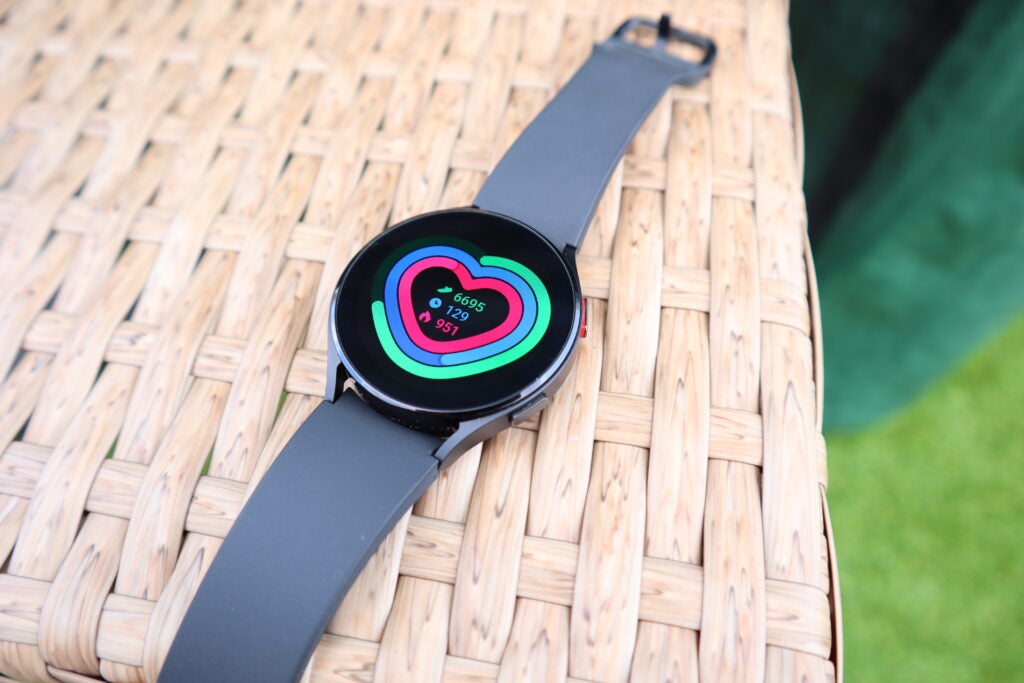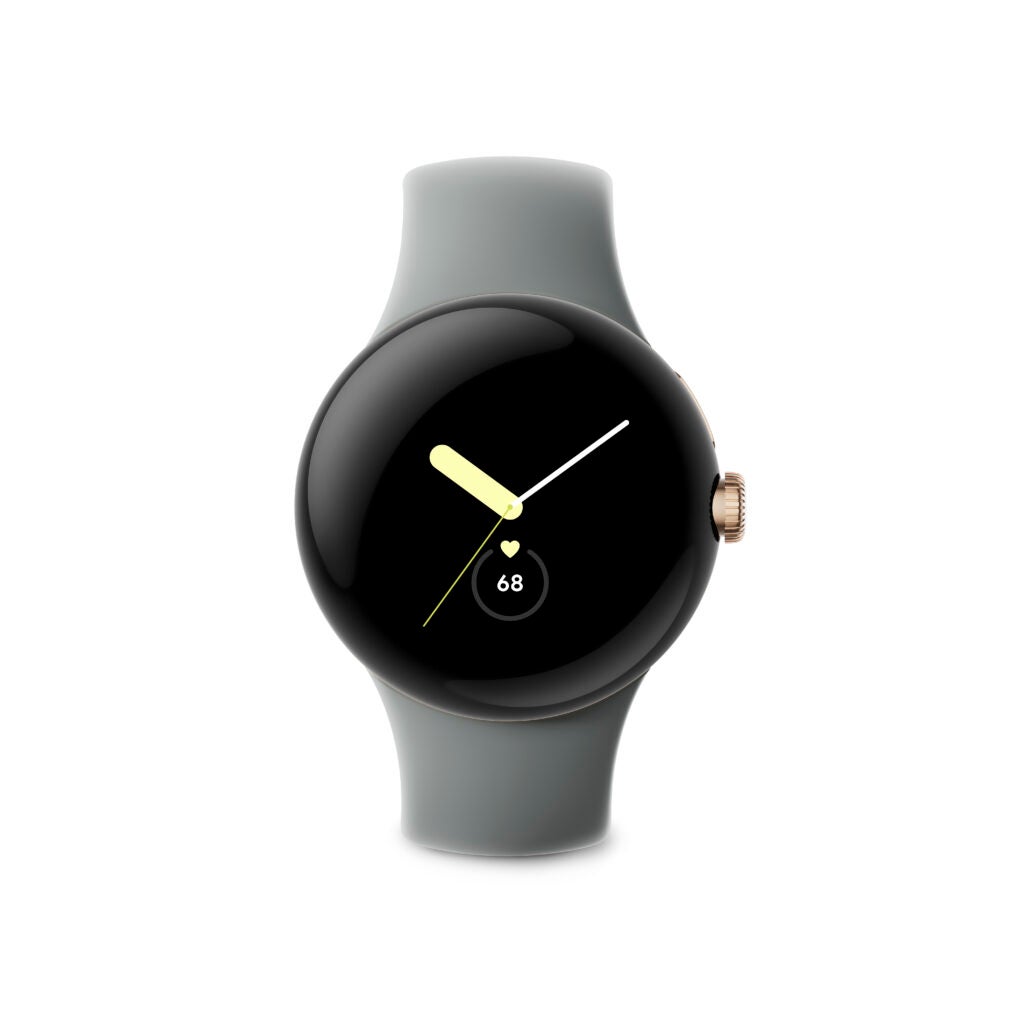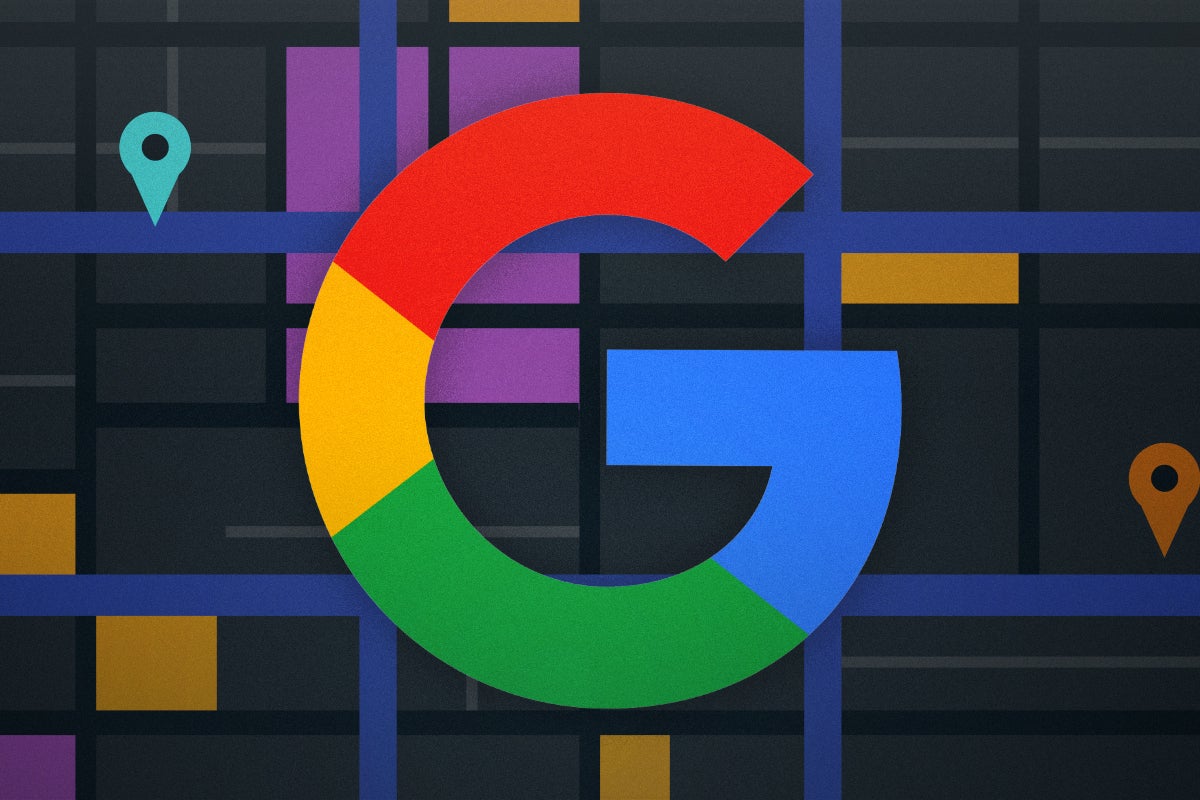Google Pixel Watch vs Galaxy Watch 4: What are the key differences?

Google has finally unveiled its new Pixel Watch, the very first wearable the company has built inside and out. But how will the new wearable compare to Samsung’s existing Galaxy Watch 4?
While we are yet to review the Google Pixel Watch since it’s only just been unveiled, we’ve rounded up all of the latest specs and compared them to the Galaxy Watch 4’s offering.
So here are all of the key similarities and differences between the two wearables.
Pixel Watch will have pure version of Wear OS
Both smart watches are confirmed to use Wear OS as their operating system, but while Samsung has added their own twist on the software, the Google Pixel Watch will instead use a pure form instead.
So what does that actually mean? Both watches will have access to Google apps, with the Galaxy Watch 4 also being able to make use out of a few extra Samsung applications too.
But the software will be different, with Google and Samsung likely opting for different layouts, settings and features. The difference between the two watches will be akin to how Android differs between a Pixel and Galaxy smartphone – both use Android, but have subtle different quirks to alter the user experience.

Pixel Watch has Google Assistant instead of Bixby
The Galaxy Watch 4 uses the divisive Bixby as its voice assistant, and while there had been rumours that Samsung will be adding support for Google Assistant, that has not come to fruition just yet.
Google has already confirmed that the Pixel Watch will feature Google Assistant, which should come as no surprise. While this is just idle speculation, it’s possible that Google will be reluctant to allow Samsung to adopt Google Assistant too, so the Pixel Watch becomes a more tempting option compared to the Galaxy Watch 4.
Both have heart and sleep trackers
As you’d expect from most modern-day wearables, both the Pixel Watch and Galaxy Watch 4 feature heart- and sleep-tracking technology.
Google has revealed that you’ll be able to get continuous insights on your heart rate and sleep data via the Fitbit app. Since Fitbit is now owned by Google, you’re unable to download the dedicated app onto the Galaxy Watch 4, but you can use Samsung’s own health apps instead such as Samsung Health.

Pixel Watch has a crown on the side
Google has given us an early look at the Pixel Watch’s design, with one of the most interesting features being the crown on the side which gives it the look of a traditional wearable.
In comparison, the Galaxy Watch 4 does not have a crown or any sort of physical dial. Instead, Samsung has opted for buttons and a digital rotating bezel. It’s hard to say which is the better option without testing the Pixel Watch, but it’s still nevertheless an interesting difference between the two watches.
Both have 4G LTE support
Looking for a watch that can connect to the internet without the help of your smartphone? Then you’re in luck, as Google has confirmed there will be a 4G LTE model of the Pixel Watch made available. You will of course need a 4G LTE wireless service plan in order to take advantage of this technology, but it’s still great to have the option.
This isn’t a unique feature though, as the Galaxy Watch 4 is also available with 4G support, although you’ll need to pay more for a model that supports the on-the-go connectivity. While Google has not revealed pricing for the Pixel Watch just yet, it’s likely that you’ll need to pay extra if you want 4G support.





